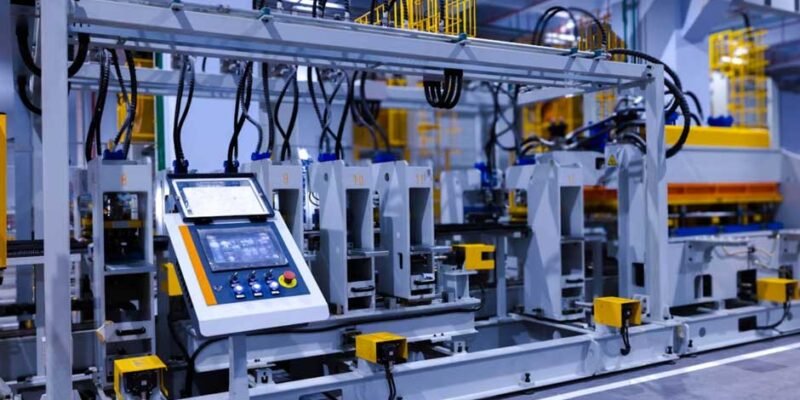Apple, Volkswagen Group, and Toyota Motor Corporation, are names instantly recognizable to most people in the world. Have you ever wondered what sets them apart? After all, you don’t become part of the top 1% just by luck.
Data shows that manufacturing contributes about $2.8 trillion to the U.S. economy by 2029. This is one massive field. So, if you are just getting into this world the tips below might give you some inspiration to make it big. Who knows, one day your name could also be up there with the top dogs. So without further delay, let’s jump right into it.
1.Innovation is the Name of the Game
You see, the market is flooded with well-made products. That’s the baseline. You don’t get extra points for doing the bare minimum. No, what sets some manufacturers apart is their innovation.
For example, Apple’s decision to remove the headphone jack sped up the development of wireless earbuds and headphones. Sure, you might not be a fan of the decision, but there’s no arguing against the impact it had.
But what is innovation? Well, it’s a combination of novelty, value, disruption, risk-taking, and a little bit of adaptation. It’s also quite hard to pull off without coming off as gimmicky. What does that mean in your context? If you are in tech, are you going to follow trends because it’s safe or do you have the conviction to take risks?
Yes, risks are dangerous but if there’s one thing more dangerous than taking risks, it’s forever following the crowd.
2.Remember Not to Get Stuck in the Past
This one ought to be common sense, but the more time you spend in this industry, the more you notice its absence. One of the insights you will learn if you are perceptive is that the best manufacturers are never stagnant. They aren’t satisfied with the status quo.
While others were still happy with mechanical punch presses and manual lathes, some chose to invest in CNC machines. The same is true for cutting. A lot of manufacturers were more than happy to continue with oxy-fuel cutting and using calipers and micrometers for measuring. However, laser processing solutions were recognized and adopted by a select few in the beginning.
Coincidentally, these are the ones who have become household names. Boeing, Lockheed Martin, Ford Motor Company, Rolex and Intel. All of them were early adopters of lasers and their success justifies this point. As Novanta Photonics states, more and more machine builders are turning to laser-based tech.
What other new developments are you sleeping on in your field? Have you been hearing about a new piece of equipment or tool but sort of ignored it? Why? Remember that it doesn’t hurt to at the very least, investigate what could give you an extreme advantage in the long term.
3.Think Wisely About Who’s On Your Team
While it’s logical to imagine manufacturing as being dominated by machines and logistics, it’s so important that you recognize the human element. Why? Because it’s visionary leadership and human resources that launch manufacturers to great heights. Not the product by itself.
Think about that. The iPhone is a great product, but a large part of its success came from the visionary leadership of Steve Jobs. The point here is that success stories in manufacturing don’t happen in a vacuum. So ensure that you and senior people in your team have some visionary streak to them.
Reliable and ‘safe’ leaders are well and good, but if you are hoping for true success, you need people with passion. At the same time, also ensure that some of this passion is found among the staff in every area of your operations.
For instance, manufacturing roles are generally divided into direct and indirect labor. Direct labor refers to those people who have a more hands-on role. Think operators, welders, and assemblers. Indirect labor includes quality control, supervisors, and procurement specialists.
It’s always surprising to observe how much of an impact each member regardless of their role has. If one cog in the process stumbles, it affects the rest. As a result, some would argue that ‘relevant experience’ is only one aspect to consider when hiring.
Attention to detail, adaptability, mental stamina, and analytical skills are also critical at every level and not just for your executives.
To sum things up, the top one percent of manufacturers have had some luck. There’s no denying that. But what they also have had is a string of right decisions across the board. These range from bringing in solid human resources to understanding the importance of innovation.
Remember, it’s easy to fail, challenging to endure and hard to find success in manufacturing. With so much competition and complexity involved, only the very best rise to the top. Do you have what it takes?














Comments